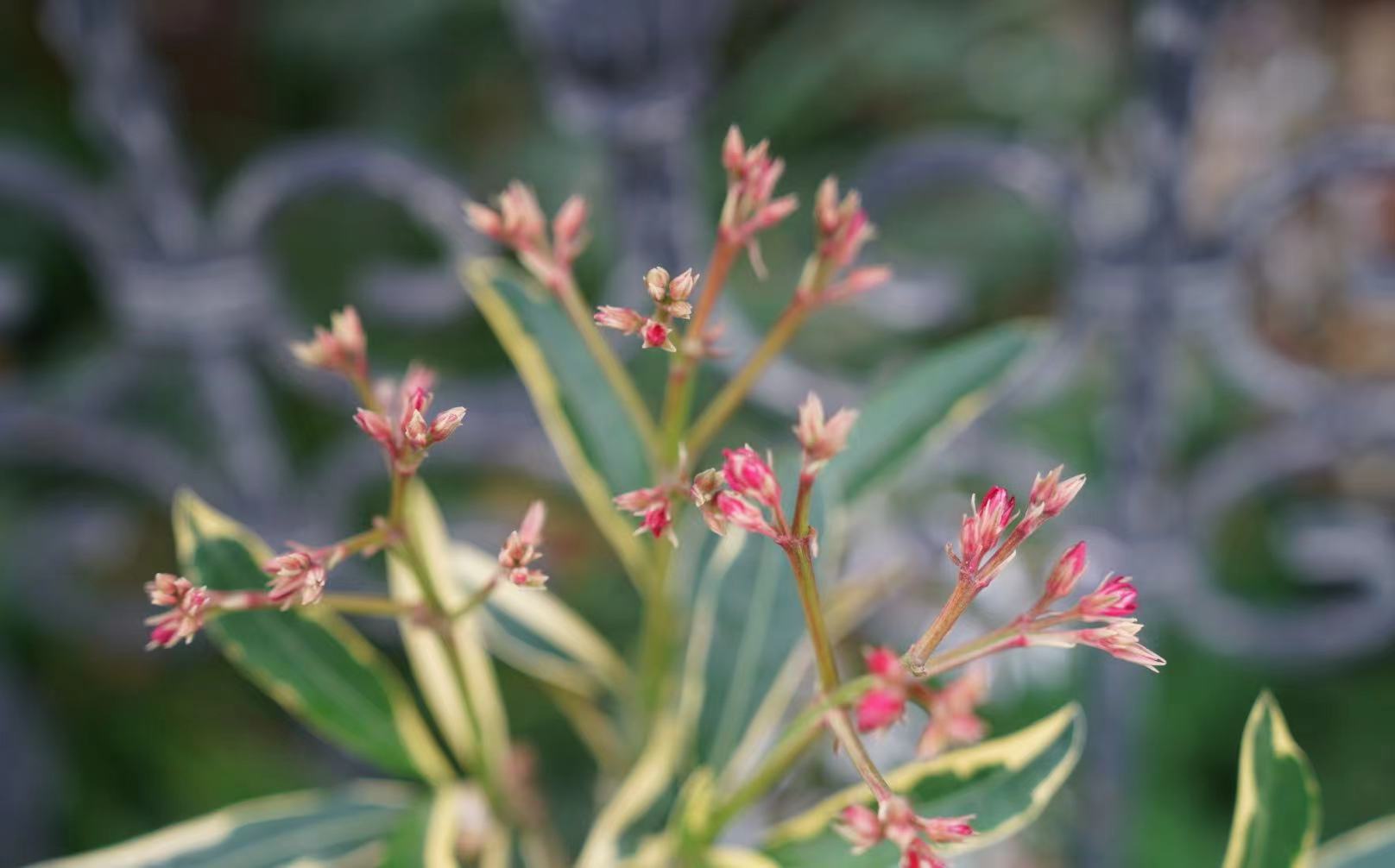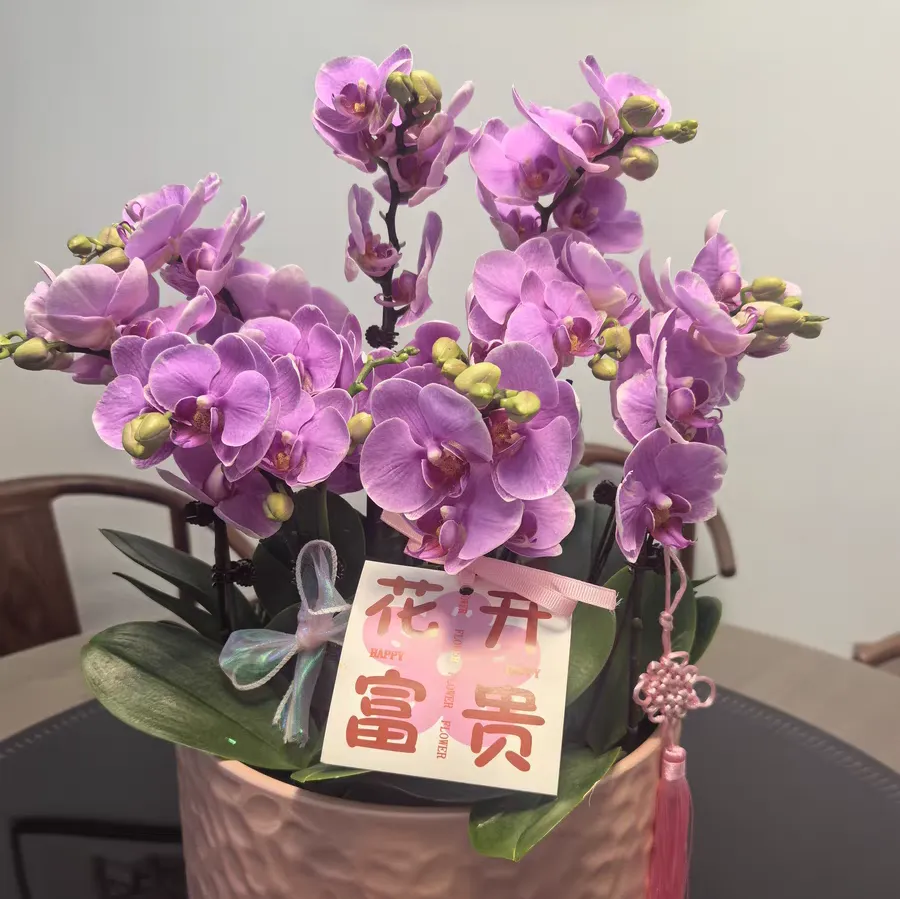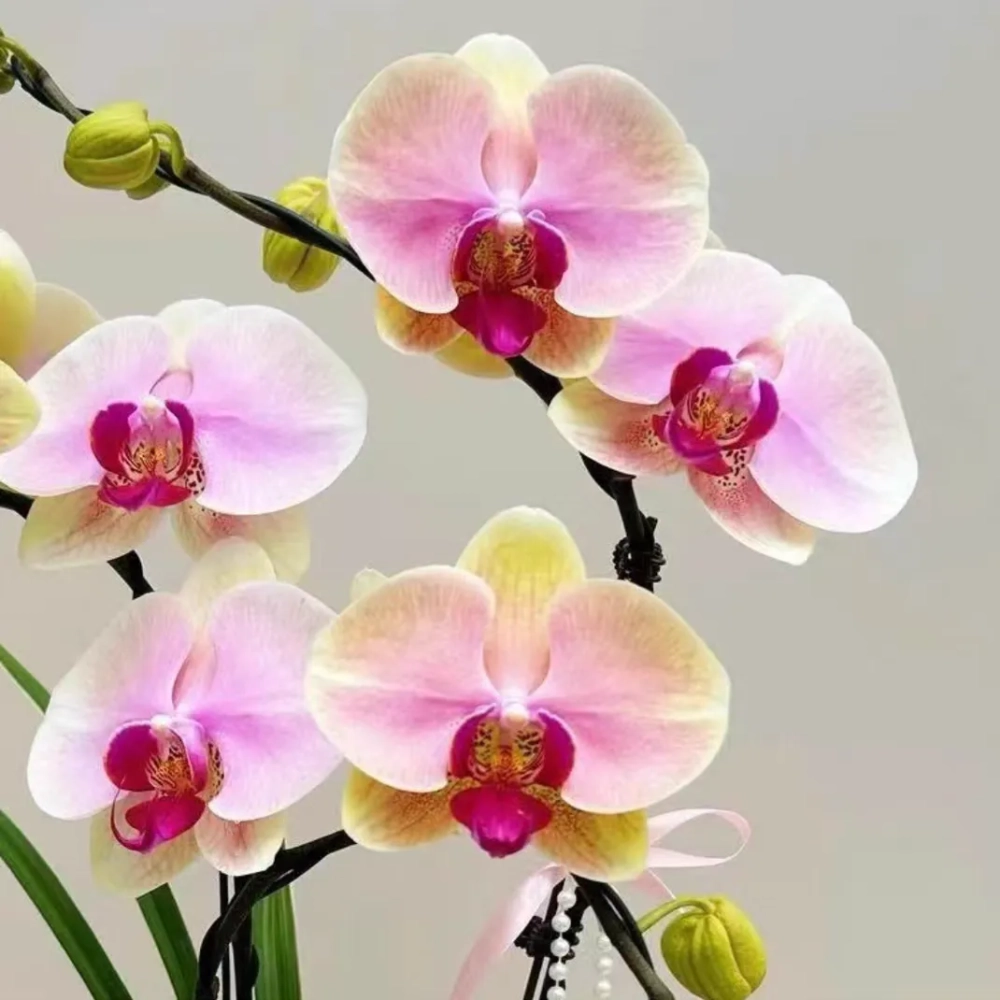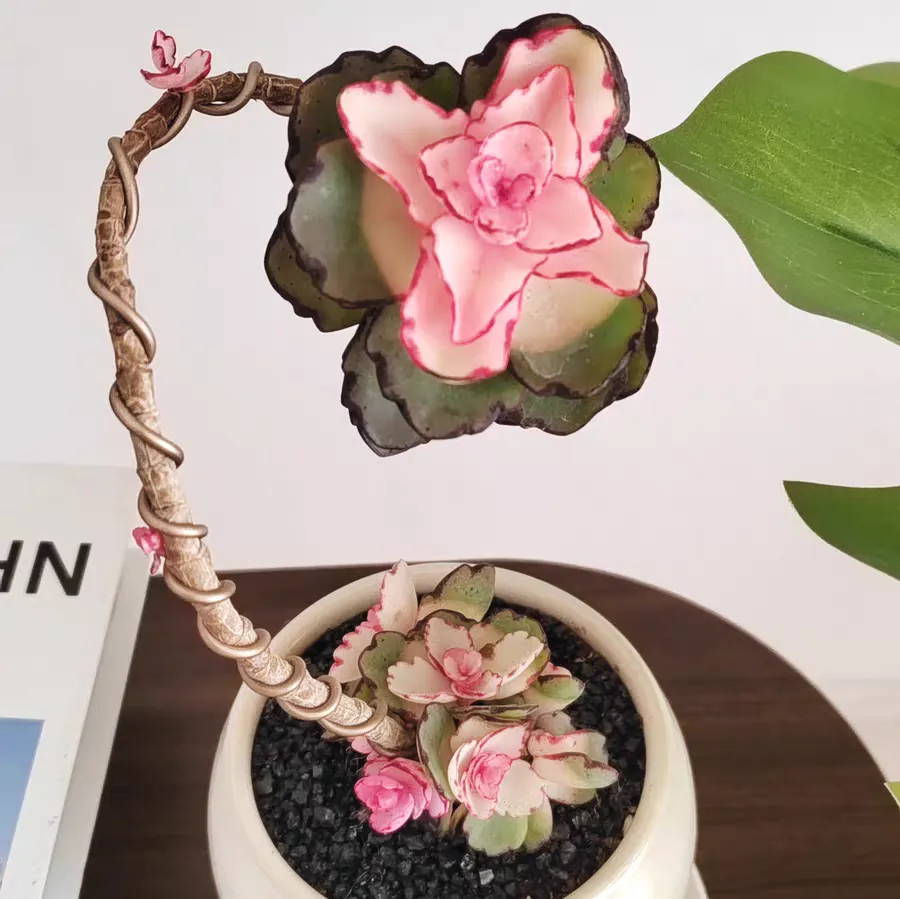In our daily lives, flower plants adorn our environment. However, behind this beauty, there are some unknown "poisonous beauties". They seem harmless but actually contain toxicity and may even cause health problems after being accidentally eaten or contacted. This article will introduce several common poisonous ornamental plants to remind you to be vigilant while enjoying them.
Iris
Iris, with its slender leaves and gorgeous flowers, is a favorite of many gardening enthusiasts and park green spaces. However, this beautiful flower is poisonous, mainly concentrated in the rhizome. Accidentally eating the rhizome of iris may cause symptoms such as nausea, vomiting, diarrhea, and in severe cases, it may also affect the nervous system. Therefore, when planting or viewing irises, be sure to avoid direct contact with its rhizome and ensure that children and pets cannot reach it.
Oleander
Oleander is almost poisonous all over its body, especially the toxins in the flowers, leaves and bark are the highest. Accidentally eating any part of oleander may lead to poisoning. Symptoms include nausea, vomiting, arrhythmia, coma and even death.
In addition, the toxin of oleander also has a certain degree of volatility. Long-term exposure to its pollen or odor may also have an adverse impact on human health. Therefore, when planting oleander in public places or at home, special attention should be paid to keeping a safe distance and avoiding direct contact.
Narcissus
Narcissus is one of the representative flowers in spring. However, the bulb of narcissus contains highly toxic alkaloids. Accidental ingestion may lead to severe poisoning reactions, including vomiting, diarrhea, cramps and even respiratory failure. Therefore, when viewing narcissus, do not mistake it for garlic or onion and eat it by mistake, and educate children to stay away from the bulb part of narcissus.
Lycoris radiata
Lycoris radiata, also known as Equinox Flower. Its flower shape and bright colors are particularly eye-catching when blooming in autumn. However, this beautiful flower hides a fatal danger. The bulbs and leaves of Lycoris radiata contain toxic substances. After accidental ingestion, it may cause symptoms such as vomiting, diarrhea, cold hands and feet, and in severe cases, it may endanger life. Therefore, when viewing Lycoris radiata, be sure to keep a safe distance, avoid touching its bulbs and leaves, and prevent children or pets from accidentally eating it.
When enjoying the beautiful flowers given to us by nature, we also need to be vigilant at all times, understand and identify those "poisonous beauties" hidden around us. Through correct viewing methods and safe maintenance measures, we can not only enjoy the beauty of flowers but also ensure the health and safety of ourselves and others.
What are the poisonous flowers in plants?

Share with
Tagged in :




Leave a Reply